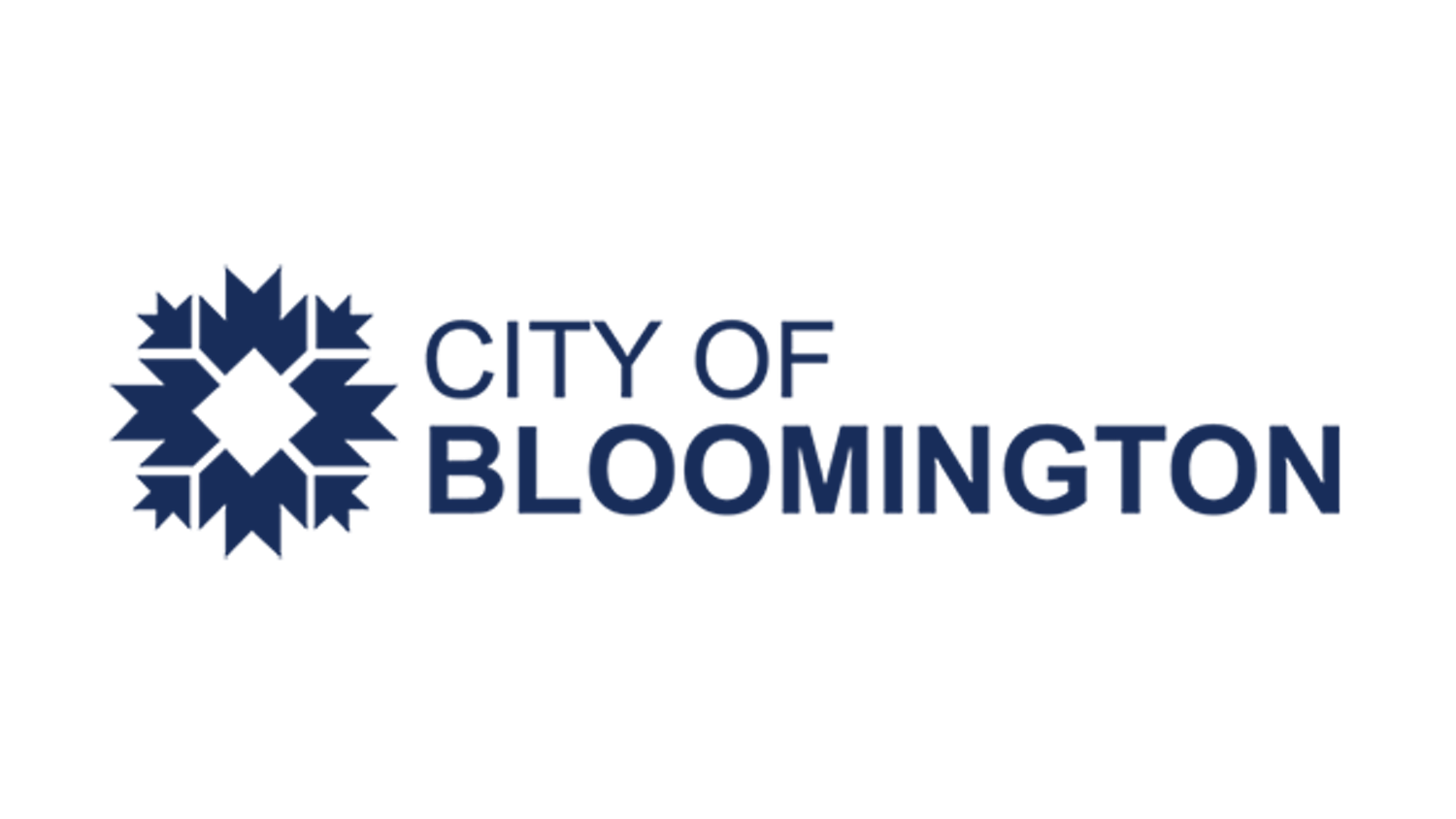The Middle Eastern Arts Festival, sponsored by the Department of Near Eastern Languages and Cultures, began Feb. 1 and lasted until Feb. 10 with 13 diverse events spread around Bloomington.
Thursday, Feb. 1\nThe festival kicked off Feb. 1 with the "Diverse Faces and Places of Monroe" exhibit at the Monroe County History Center. \nThe open house for the photo archive project featured pictures, news clippings and displays of IU faculty, visiting artists and musicians, business and restaurant owners of Middle Eastern descent, and other Arab, Iranian, Turkish, Afghan and Central Asian residents of Bloomington, many of whom have lived here for decades. \nA collection of privately owned carpets formed the backdrop. One from Afghanistan featured Kalashnikovs AK-47 rifles, grenades, tanks and fighter jets woven into the pattern -- a contemporary twist on the traditional role of carpets in storytelling and oral history.\nLater that evening, the Persian Film Series screened its first film of the spring semester, "Gagooman" ("The Twilight"), directed by Mohammad Rasoulof, which was shot in an almost documentary style with amateur actors.
Sunday, Feb. 4\nNELC sponsored dance performances at the Monroe County Public Library by Katya Faris, a Bloomington resident and founder of the Middle Eastern Dance Club at IU, as well as Mohamed Shahin, an Egyptian choreographer. \nBilal Maanaki, a NELC graduate student, explained some of the places that are considered to be part of the Middle East. \nMary Frasier, a library employee, told stories of Middle Eastern origin. She told a Sudanese story about an epic war between the birds and the beasts.\nLater that evening, Ragazzi Arte Cafe hosted a Palestinian dinner as part of the festival. \nNELC graduate students Ahmad Almallah and Huda Fakhreddine prepared a five-course Palestinian meal for about 25 guests.\nThe students prepared fattoush, a salad dressed with olive oil and topped with crispy fried bread, and mujaddara, a vegetarian dish of rice, lentils, vegetables and seasoned yogurt. They were followed by mansaf, which is lamb cooked in yogurt and served over more rice. After the mensaf was kofta -- minced beef cooked in a white sauce with potatoes and other vegetables. The meal was rounded off with musakhan, baked chicken with an onion and pine-nut topping.\nBetween courses, Almallah left the kitchen to talk about the meal.\n"As Palestinians, we carry the food, music, wedding celebrations and other traditions with us," Almallah said. "We don't have a sense of place -- even Palestinians living in Palestine don't. For all of us, those living back there and those living around the world, Palestine is a state of mind."
Monday, Feb. 5\nNajjar Abdul-Musawwir, an art professor at Southern Illinois University at Carbondale, showed slides of his award-winning paintings in the Foster International Living and Learning Center. He converted to Islam as a young man, and much of his work has Islamic themes. He showed several slides of the paintings in his "Garment Series," which were based on a verse of the Quran: "Your wives are a garment for you, and you are a garment for them." The paintings showed pairs of men and women whose robes flowed together into one all-enveloping piece of fabric.\nAfter his talk, Abdul-Musawwir gave a demonstration on his technique of layering and streaking strikingly different colors on canvas.\n"In simplicity, you find profoundness," he said as he flicked black paint across a yellow canvas.
Wednesday, Feb. 7\nBuzz Spector, chair of the Department of Art at Cornell University, gave a talk on Islamic art in the IU Art Museum. \nSpector lectured on the talismanic qualities of Arabic calligraphy, saying that many observers can understand the holiness of the written phrase "to glorify God" without being able to read it.\n"It is part of the larger idea that all things are from God," he said.
Thursday, Feb. 8\n"A Night of Near Eastern, Middle Eastern and Central Eurasian Poetry Recital and Translation" took place in the Faculty Room of the University Club in the Indiana Memorial Union. \nKelley School of Business student Andrew Gipe read a series of 1930s minimalist poetry. Professor Paul Losensky read and translated Persian lyrical poetry, or ghazals. There were several unscheduled lectures, including one by NELC professor Zaineb Istrabadi. She read a few poems from Mohja Kahf, a woman born in Damascus and raised in Plainfield, Ind. \nNELC graduate student Almallah explained that most Arabic poetry has a musical quality to it, lending rhythm and tone, and that modern free verse is similar to Arabic classic poetry for the same musicality.
Friday, Feb. 9\nChristiane Gruber and four graduate students, Deborah Justice, Heather Coffey, Yasemin Gencer and Brittany Payeur, spoke at the Lilly Library on topics related to Middle Eastern art and music.\nJustice, an ethnomusicology student, gave the first presentation on the sonic markers of musical identity in the music of Amr Diab, an Egyptian pop superstar. She played his hit "Wala 'Ala Balo" and then identified the traditional elements of Arabic music behind the synthesized dance beat.\nGruber then gave an overview of the Lilly's collection of Islamic manuscripts. Coffey discussed and showed slides of miniature Qurans. An Islamic text is considered miniature if it is less than three inches in length and width, according to Coffey.
Saturday, Feb. 10\nThe final event of the Middle Eastern Arts Festival, a discussion of Turkish Sufi music by ethnomusicologist Irene Markoff, was held in the IMU Faculty Club on Saturday night. \nMarkoff showed a video of a performance by members of the Mevlevi Order -- also called the Whirling Dervishes. A dervish wears a black cloak to symbolize the shroud of worldly attachments, which in the course of his spinning is thrown off to reveal a snowy white gown, representing the purity of the soul in its elemental form. \nDervishes can literally spin for hours while other members of their order chant rhythmically to induce a state of trance.\nAfter her talk, Markoff performed several songs on the baglama, a stringed instrument, and sang. \nThe annual festival has expanded into a weeklong event in the past two years, NELC outreach coordinator Naomi Spector said, and it is still looking to expand.\nNELC is looking to work the Jacobs School of Music and Chicago refugee services to create concerts for displaced refugee musicians at Chicago's Hot House, a venue for world music.\n"We want to try to contact refugees and work with the music school to create concerts," Spector said.
For more coverage and photographs, please visit the Middle Eastern Arts Festival Blog





